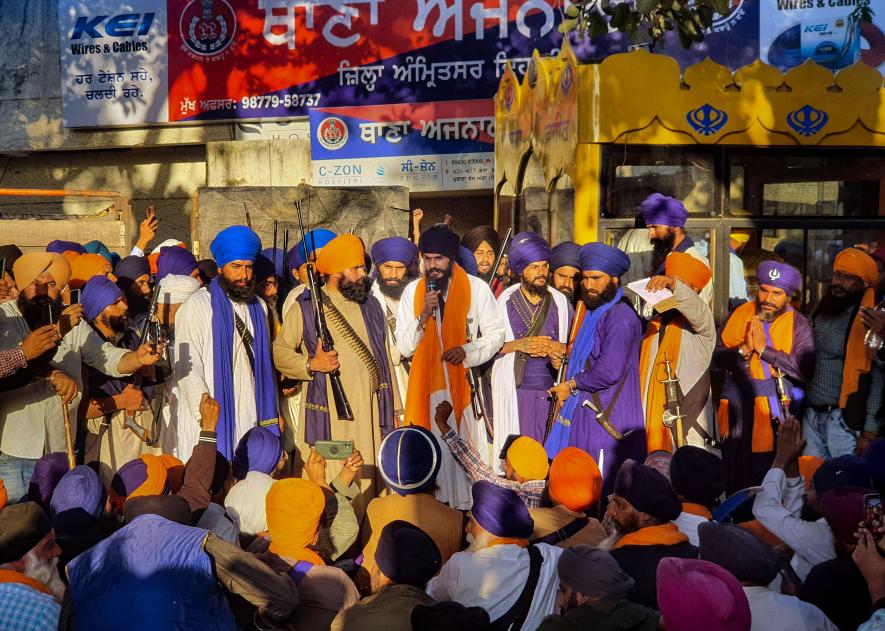
Is Khalistan Rising Again?
Fri, 03 Mar 2023 | Reading Time: 5 minutes

Recently, the All India Conference of Director Generals/Inspector Generals of Police took place in Delhi. Khalistan extremism emerged as a key security concern at the conference and was discussed by the BSF(Border Security Force), intelligence agencies and Punjab police. The BSF responsible for safeguarding the 553 km long tough and challenging India-Pakistan international border in Punjab, informed in the conference that its personnel had detected 22 drones, seized 316.988kg of heroin, 67 weapons and 850 rounds in different incidents / raids in the last year. As many as 47 UAV ( unmanned aerial vehicles) were spotted in 2020, 64 in 2021 and around 200 were spotted in 2022.
We first need to understand what the Khalistan movement is and how the idea about it came into being. The story begins in the year 1921, Motilal Nehru presented Poorna Swaraj (the declaration of independence) at the Lahore session of Congress but it was opposed by three groups of people, the first was Muhammad Ali Jinnah of the Muslim League, the second was Dr. Bhimrao Ambedkar who was campaigning for the rights of dalits and the third was Master Tara Singh of the Shiromani Akali Dal who articulated the demand for a Sikh Homeland. By 1947 the demand turned into a movement-The Punjabi Suba movement. The partition of India divided the state of Punjab into two. The Akali Dal wanted a separate Sikh Suba (province) or state within India on linguistic grounds. The state reorganisation committee rejected the demand. The movement lasted 19 long years till 1966 that’s when the Indira Gandhi government finally relented, it divided punjab into 3 parts i.e, Trifurcation happened and 3 new states came into existence- Punjab( Sikh majority), Haryana (Hindi majority) and Himachal Pradesh (hilly areas). Even trifurcation didn’t solve the problem, some people didn’t like the area allotted to them and others didn’t like the idea of a shared capital Chandigarh. In 1973 Sikhs demanded autonomy for the state of Punjab and came up with the Anandpur Sahib resolution – a document that sought the right for Sikhs to frame their own constitution.
By the 1980s the resolution got a lot of traction and it found supporters and the biggest one Jarnail Singh Bhindranwale, a Sikh scholar who later turned into a militant. He campaigned around Punjab, but his views were too radical. In 1982 Bhindranwale joined hands with Shiromani Akali Dal to launch a civil disobedience movement that soon turned into insurgency. Bhindranwale resorted to extremism, he took residence in the Golden Temple to escape arrest and became a dangerous cult figure. The Government of India didn’t do anything for two years and finally in June 1984 intervened with Operation Blue Star ( biggest internal security mission by the Indian army) in which 83 soldiers died, 249 injured and around 493 militants were killed. Operation ended on 10th June 1984.
Four months later on October 31st, Prime minister Indira Gandhi was assassinated by her two Sikh bodyguards, anti Sikh riots followed, an estimated 8000 Sikhs were killed and no one knows the full picture to this date but this led to two decades of unrest in Punjab. There were multiple attacks by Khalistan separatists in India and abroad. This included the 1985 bombings of an Air India flight over the Atlantic, the 1986 assassination of the Indian Army’s 13th Chief General AS Vaidya and in 1995 the Chief Minister of Punjab Beant Singh was killed in a car bombing. All attacks were claimed by Khalistanis. Many Khalistanis found safe havens in the west. They began reinventing their narrative, promoting militants as heroes and martyrs of the faith. They used the Sikh diaspora for diplomatic and financial support. A number of pro Khalistani groups popped up in the US, the UK, Germany, Canada and Pakistan. And the most notorious of them all is Sikhs for justice(SFJ) operated by Gurpatwant Singh Pannu, a law graduate from Punjab University currently an attorney in the US. He wants Greater Khalistan with Headquarters in Lahore which makes it amply clear who is driving the bus of his Khalistan cause i.e,Pakistan. The same Pakistan where countless Sikhs were murdered and expelled in the name of religion in 1947.
In 1971 Zulfiqar Ali Bhutto, the then prime minister had told reporters that Pakistan would tear off a piece of India to avenge the loss of East Pakistan. In 2019 the former prime minister of Pakistan Imran Khan opened the Kartarpur Corridor for Sikh pilgrims. Indian opposition ministers and ex union ministers attended the inauguration, but so did notorious Khalistan supporters from Pakistan like Gopal Singh Chawla. It was quite clear that what India saw as a pilgrims corridor was in the eyes of Pakistan a potential Khalistan corridor. The Pakistan foreign minister called it a googly.
Canada’s Prime Minister during his visit to India also went to Golden Temple but with his entourage was a Khalistani terrorist Jaspal Atwal convicted of trying to assassinate an Indian minister, Canadian government even removed Khalistani extremism from its report on terrorists threats. If the Canadian PM had seen the 2020 report by a top Canadian think tank – Macdonald Laurier Institute, he might have thought twice, The report called the Khalistan movement a geopolitical project by Pakistan which threatens the national security of both Canada and India. But the Canadian PM was not able to see beyond his vote bank politics.
Another breeding ground for Khalistan separatists is the United Kingdom. In recent years there were violent demonstrations by Khalistanis outside the Indian High Commission in London. At another protest at Washington, Khalistan supporters desecrated the statue of Mahatma Gandhi. In Rome they vandalised the Indian embassy office, installed the Khalistan flag and scribbled Khalistan Zindabad on the walls. Foreign forces are using these fault lines to provoke unrest on the Indian soil. Foreign governments are appeasing them to get votes.
Seventy organised gangs with over 500 members are active in Punjab. People are being targeted on the orders of gangsters on foreign soil. Drug menace in Punjab is another serious problem and the youth is getting affected, parents are feeling helpless. Drugs are smuggled into the state in a big way, 40% of the Punjabi youth in the age group of 15-20 have fallen prey to drugs and 48% of farmers and labourers are addicts. According to BSF, there is virtually a bombardment of drones. Pakistan is using drugs in its proxy war against Indians and carrying out smuggling of contraband through drones. Pakistan being a failed state is dealing with a financial, political, military and terrorism crisis and cannot think of directly fighting with an economically strong and a global power ‘India’, so it resort to these techniques. We have seen how Pakistan fished in troubled waters in the 1980’s but today we will not let it happen. Central and Punjab state governments should look forward to tackling this serious problem and focus on interoperability before it becomes a headache for the whole nation. We have to guard against those who are trying to reignite it.
Recently Amritpal Singh, 29, pro Khalistan youth and also a follower of Jarnail Singh Bhindranwale, and often dubbed as ‘Bhindranwale 2.0’ in Punjab, returned from Dubai last year to take over the reins of ‘Waris Punjab de’ organisation following the death of its founder, actor-activist Deep Sidhu. On 23 February hundreds of followers of Amritpal Singh carrying swords and guns clashed violently with police outside Ajnala police station near Amritsar, demanding the release of one of their colleagues Lovepreet Singh ‘Toofan’ who had been taken into custody in an alleged kidnapping case. Our intelligence agencies must be surely watching these recent developments in Punjab.
Sikhs in India are not clamouring for an independent state, some of them are protesting or criticising and it would be wrong to label every critic a Khalistan supporter. By doing so we only enable our enemies to exploit the divisions. A FRINGE CANNOT DEFINE A MAJORITY!
Disclaimer
The opinions expressed in this article are the author’s own and do not reflect the views of Chanakya Forum. All information provided in this article including timeliness, completeness, accuracy, suitability or validity of information referenced therein, is the sole responsibility of the author. www.chanakyaforum.com does not assume any responsibility for the same.
Chanakya Forum is now on . Click here to join our channel (@ChanakyaForum) and stay updated with the latest headlines and articles.
Important
We work round the clock to bring you the finest articles and updates from around the world. There is a team that works tirelessly to ensure that you have a seamless reading experience. But all this costs money. Please support us so that we keep doing what we do best. Happy Reading
Support Us




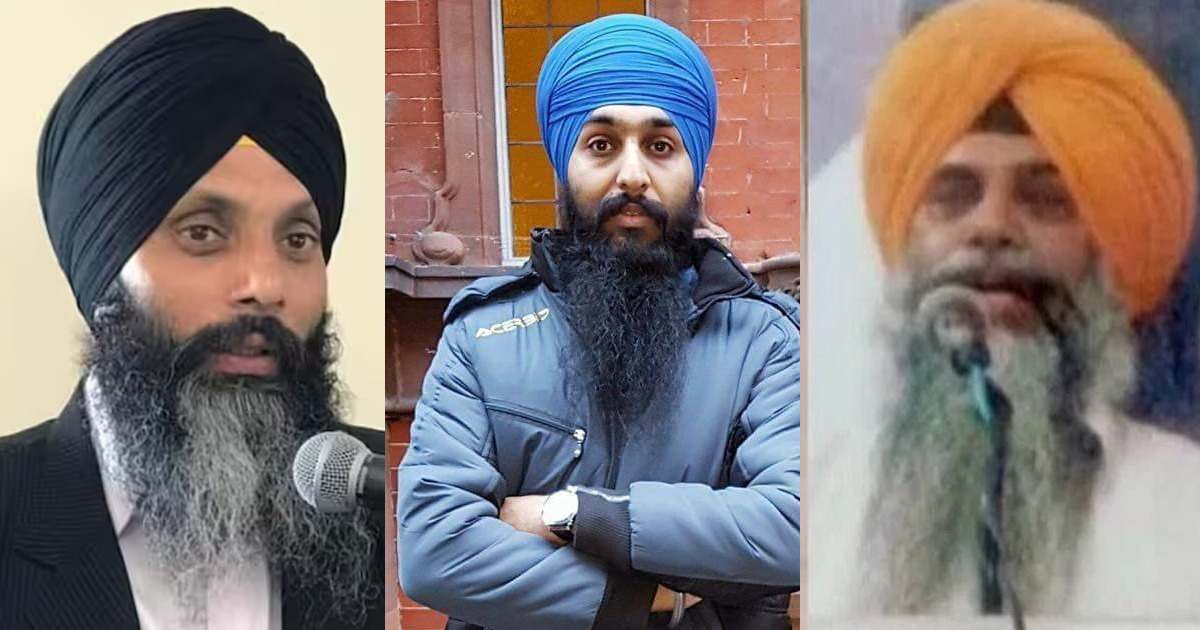
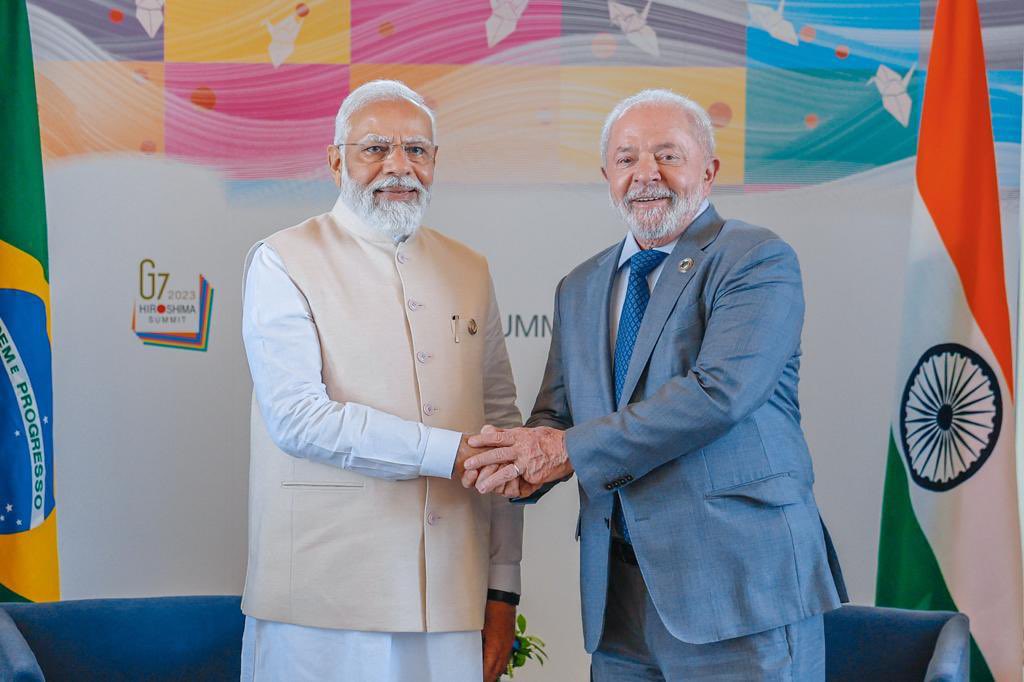

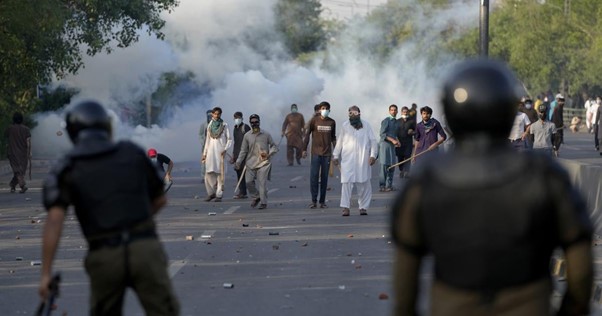

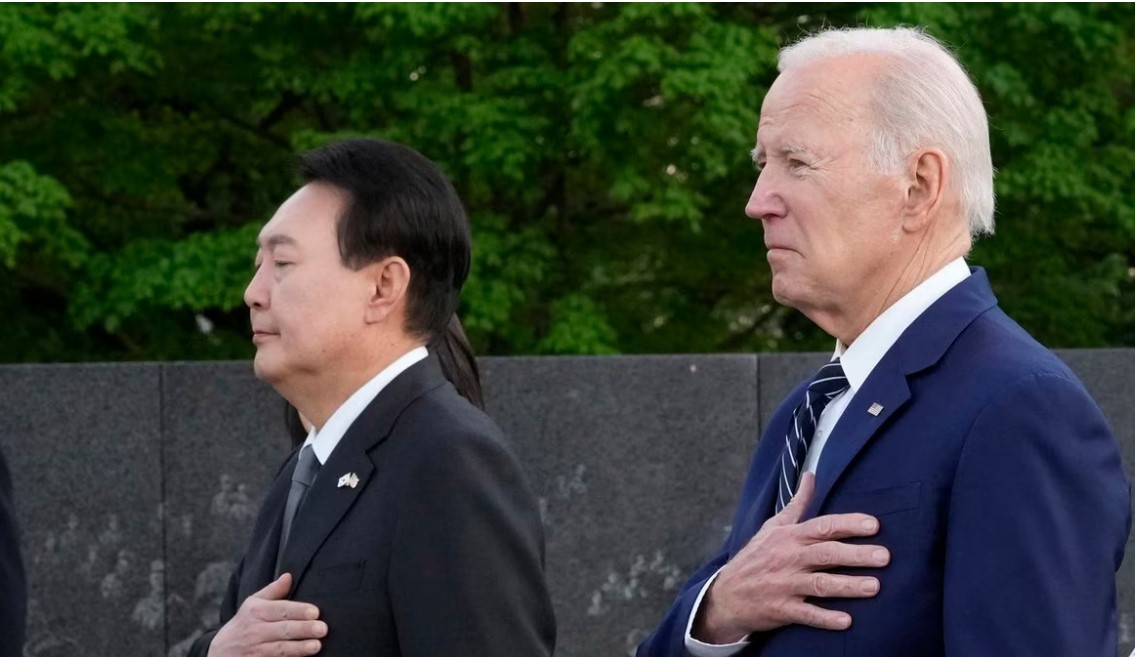

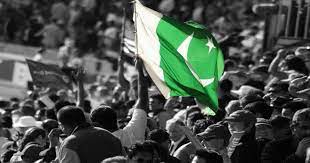
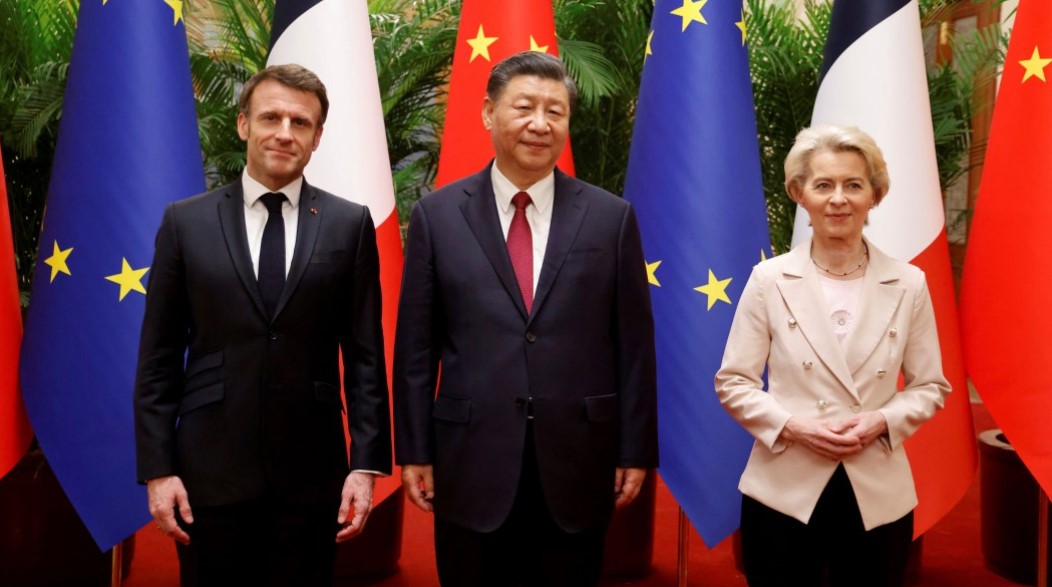
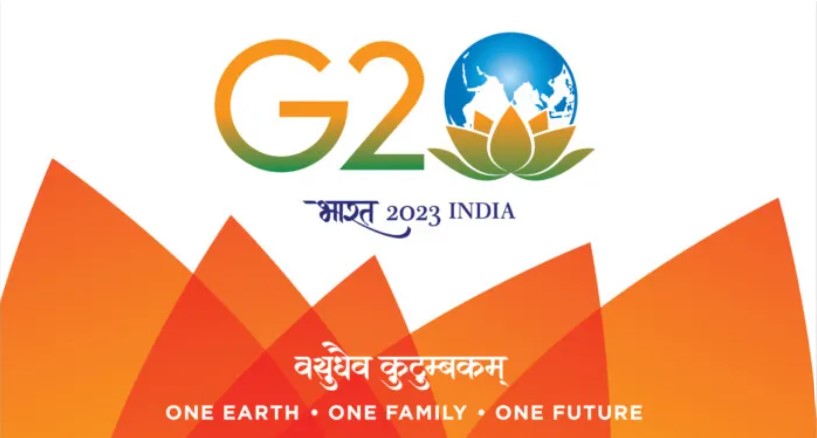






POST COMMENTS (1)
Kalidan Singh